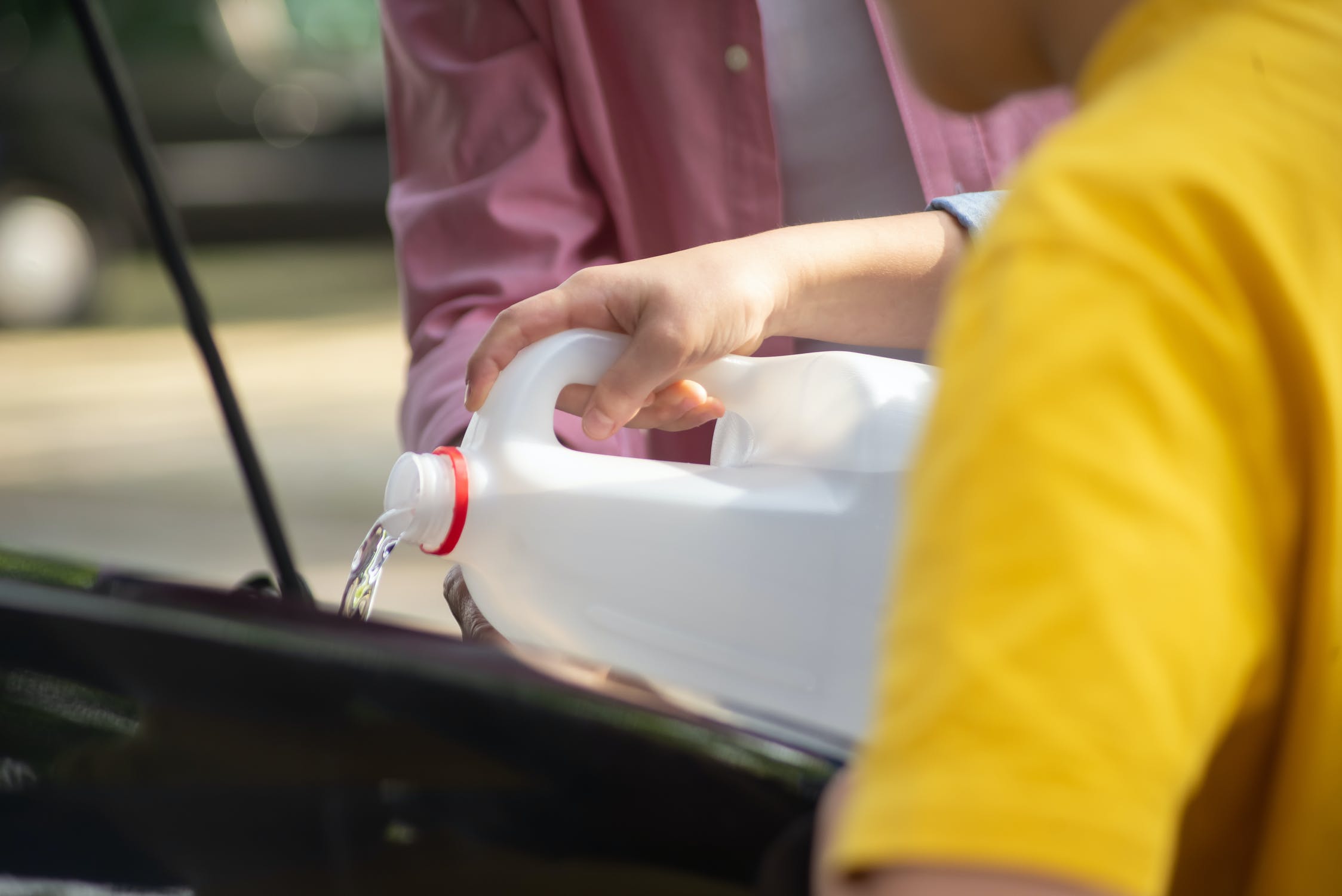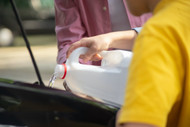Can You Fill a Radiator With Water?
9th Dec 2021

When the engine thermostat gauge begins to rise, you'll need to immediately pull over and turn off your vehicle. It only takes a few minutes of overheating to cause severe damage. Of course, a rising engine thermostat gauge typically indicates low coolant levels. If there's plenty of coolant in the radiator, it should remove heat from the engine. Little or no coolant, on the other hand, will result in warmer engine temperatures.
If you don't have any coolant on hand, you might be wondering whether it's okay to use water instead. While filling the radiator will water may sound harmless, it can pose several problems.
Boiling Point
Water has a lower boiling point than coolant. The boiling point for water is 212 degrees Fahrenheit, compared to roughly 260 degrees Fahrenheit for pressurized coolant. As a result, water may instantly vaporize when poured into the radiator. It will essentially turn to steam upon meeting the surface internal surfaces of your vehicle's engine. And once the water has turned steam, it will no longer be able to cool your vehicle's engine.
Freezing Point
In addition to a lower boiling point, water has a higher freezing point than coolant. Freezing point is the temperature at which it solidifies and freezes. While there are different types of coolant, most of them use a 50/50 formula consisting of one part distilled water and one part antifreeze. Antifreeze lives up to its namesake by resisting freezing. When added to distilled water, antifreeze lowers its freezing point. Coolant consists of both distilled water and antifreeze.
Purity
Another reason you should avoid filling your vehicle's radiator with water involves purity. Unless you use distilled water, it will probably contain contaminants. Tap water and even store-bought bottled water contain contaminants. Filling your vehicle's radiator with water will result in the contaminants building up. Some of these contaminants may clog coolant lines and even the thermostat, which can lead to other problems.
If you're stranded on the side of the road with an overheated engine, using water is better than nothing. You can wait until the engine has completely cooled down -- never open a hot or even warm radiator -- and then you can fill it with water. It should provide enough cooling power to get to a local mechanic However, you shouldn't leave the water in your vehicle's radiator and cooling system. You'll need to get it flushed and replaced with actual coolant.
When filling your radiator with any fluids, may sure to use a funnel.

